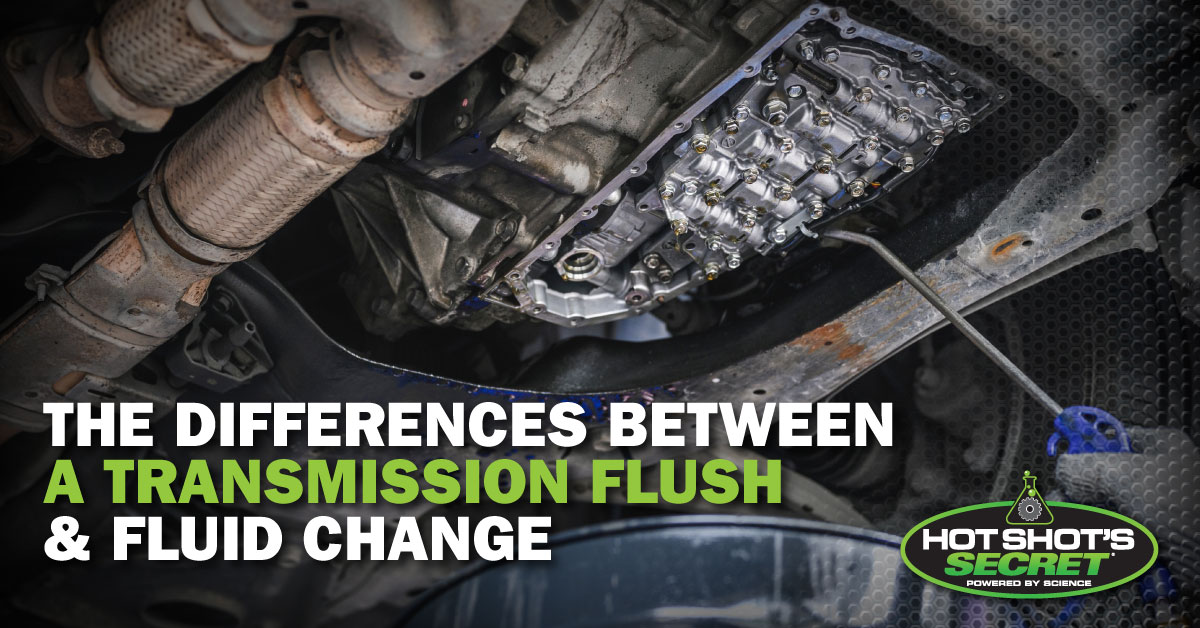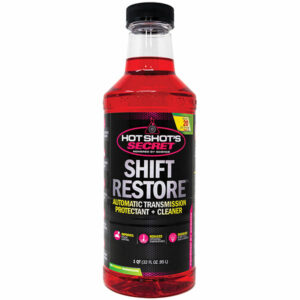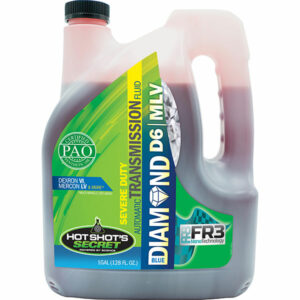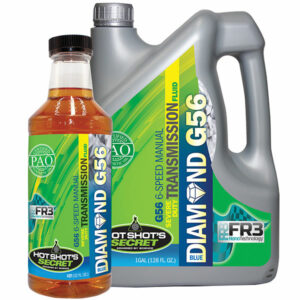
For any car owner, keeping your vehicle’s fluids clean and topped off is key to effective maintenance. Whether you drive a manual or automatic transmission, clean transmission fluid is essential in providing adequate hydraulic pressure and lubricating moving parts.
Many car owners, however, don’t grasp the importance of these fluids, so they tend to neglect regular transmission maintenance. Without it, components of the transmission system can be susceptible to premature wear and start causing damage to the vehicle.
Maintaining a transmission may require a fluid flush or change depending on the age of the vehicle and its current condition. We’ll lay out the differences between a transmission fluid flush and a fluid change, as well as their role in vehicle performance.
Transmission Flush vs. Change
The transmission fluid flush is an automotive service in which all the fluid inside a vehicle’s transmission is replaced with new, clean fluid. It’s a common maintenance procedure that takes about an hour and requires specialized equipment to complete. The main purpose of a transmission fluid flush is to remove all traces of impurities from the system.
Fluid change is a similar procedure, except that it doesn’t require specialty tools and equipment. This process can be performed by either a professional mechanic or a knowledgeable car owner. It involves removing around 70% of the transmission fluid and changing the filter, then re-sealing the drain pan and adding new fluid.
What Does a Transmission Flush Do?
Transmission fluid flushing uses pressure from a flush machine or pump inlet to force out all traces of expired fluid. It removes fluid from all parts of the system, including the cooler lines, torque converter and transmission pan. After pressure washing, a cleaning agent is used to remove residue before adding new fluid to the transmission.
This process is an essential aspect of vehicle maintenance and a more comprehensive alternative to basic fluid change. While the recommended frequency varies per engine and vehicle, transmission flushes are ideally performed every 100,000 miles as part of preventive maintenance.
What Are the Benefits of a Transmission Flush?
Transmission flush offers many benefits that a simple fluid change can’t provide, such as:
- Protection for components: Replacing old transmission fluid allows the transmission to run cooler, protecting components such as bearings, clutches and gears from wear.
- Improved shifting: Transmission flushes restore the lubricity essential for smoother and more consistent shifting. If your vehicle is exhibiting hard, jerky or hesitant shifting due to stiction, a fluid flush may resolve the issue.
- Contamination prevention: Thorough transmission flushes eliminate old fluid residue that can contaminate the new fluid and lead to performance issues.
- Minimized clogging: Flushing and introducing new fluid into the transmission system provides a comprehensive clean and helps prevent sludge and other impurities from building up and clogging the filter.
- Lower risk of repairs: Periodic transmission flushes prevent premature wear on components and reduce the risk of costly repairs.
What Are the Downsides to Performing a Flush?
Transmission fluid flushes are undoubtedly beneficial, but they also come with a few downsides:
- Higher costs: Transmission flushes tend to be pricier than basic fluid changes.
- Potential fluid movement: Transmission fluid flushes run the risk of eddy currents, causing the fluid to move opposite the normal flow. While the chances of this happening are slim, it can dislodge debris and transport it to other systems. It’s advisable to let professionals perform a transmission flush to prevent this issue.
It’s also worth noting that fluid flushes are not a substitute for good driving habits and regular tuneups. They cannot fix major issues, such as slipping or stalling.
How Much Does a Transmission Flush Cost?
Hiring a trained mechanic is ideal when performing a transmission system flush. Doing so ensures the correct procedure is followed and lowers the risk of damaging other components unintentionally.
The cost of a comprehensive transmission flush may vary depending on labor costs and your location. The type of vehicle may also impact the service costs, with smaller vehicles being cheaper to service and larger vehicles costing more. This service typically ranges from $100 to $250, which includes the price of the new fluid.
What Is a Pan Drop Transmission Fluid Change?
A pan drop transmission fluid change is a simpler version of the transmission fluid flush. It’s a transmission fluid cleaning process where you remove the pan from the bottom of the transmission and allow the fluid to drain. After draining the old fluid, debris is collected and the filter is replaced with a new one.
When Would You Want to Get a Transmission Fluid Change Instead of a Flush?
For vehicles with a drain plug installed in the transmission, pan drop transmission fluid changes can be performed without removing the pan. While this do-it-yourself process poses a risk of errors, it’s relatively easy to do and can save you a considerable amount of money.
How Do You Perform a Pan Drop?
Follow these simple steps if you want to do a pan drop transmission fluid change:
- Loosen the pan bolts on the bottom of the transmission.
- Allow fluid to drain out of the transmission and into a large catch pan.
- Remove any debris in the pan.
- Replace the transmission filter.
Fluid changes only remove a portion of the old fluid. Driving your vehicle around helps move the remaining fluid out of the transmission after the first fluid change. To replace more fluid, you can repeat the process two to three times.
Choosing Between a Transmission Fluid Flush and Fluid Change
If you’re unsure whether to get a transmission fluid flush or change, refer to your vehicle’s owner’s manual or consult a technician for expert opinion. Ideally, it’s better to get a fluid flush if you haven’t done so in a long time or your transmission fluid is extremely dirty. If you have a well-maintained transmission system and the fluid is relatively clean, a fluid change may be sufficient.
The Importance of Transmission Maintenance
Proper maintenance is essential, especially if you want to keep your vehicle performing optimally for longer. Preventive maintenance is smarter and more cost-efficient than waiting for components to get damaged or worn out from constant use and then paying for costly repairs.
A vehicle’s transmission system is complex, and it’s crucial for it to be 100% efficient to ensure that your engine functions properly. If you want to make the most of your vehicle, keep the transmission system healthy through regular cleaning and fluid changes or flushes.
Choose Hot Shot’s Secret Transmission Fluid. High Quality. Less Problems.
Hot Shot’s Secret offers a wide range of scientifically formulated products designed to enhance your vehicle’s performance. If you’re looking for a high-quality transmission fluid, check out our selection of PAO Group IV base oil fluids. For persistent transmission issues, try our Shift Restore transmission additive or contact us for more information.



